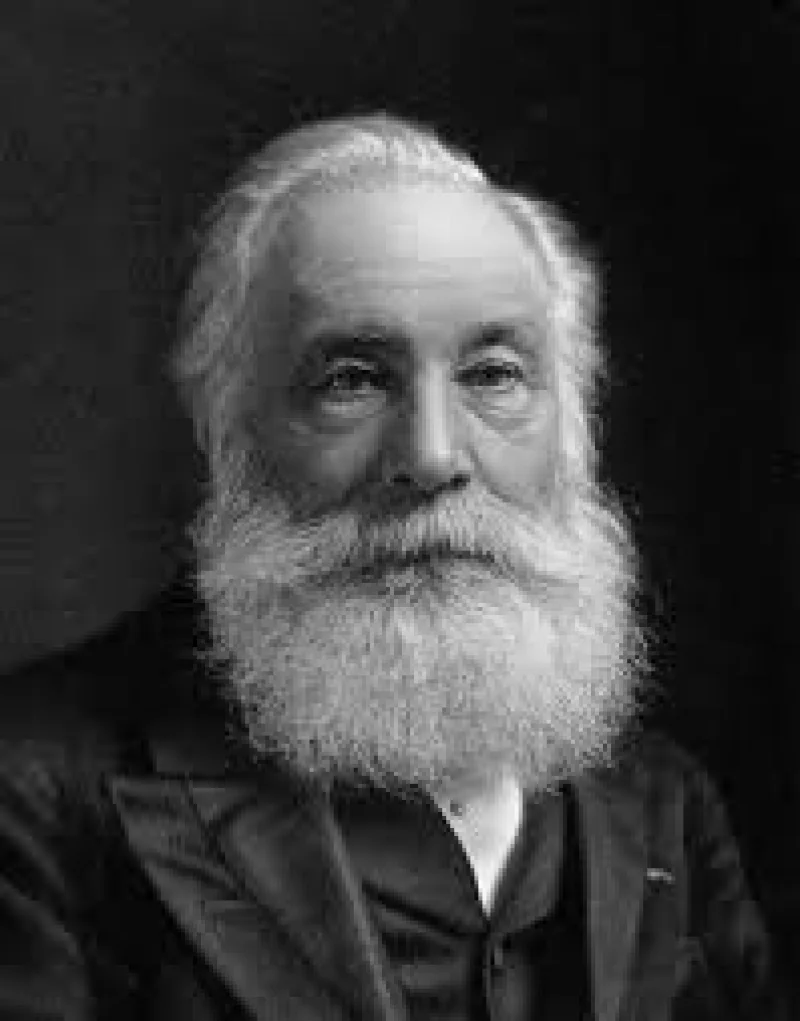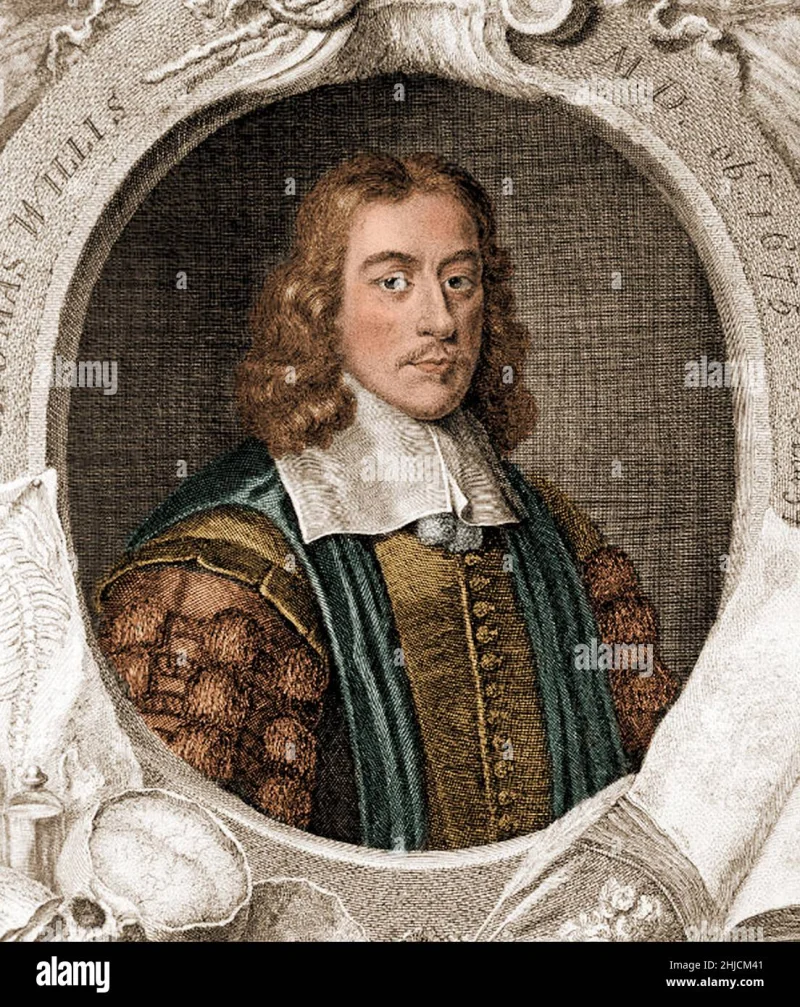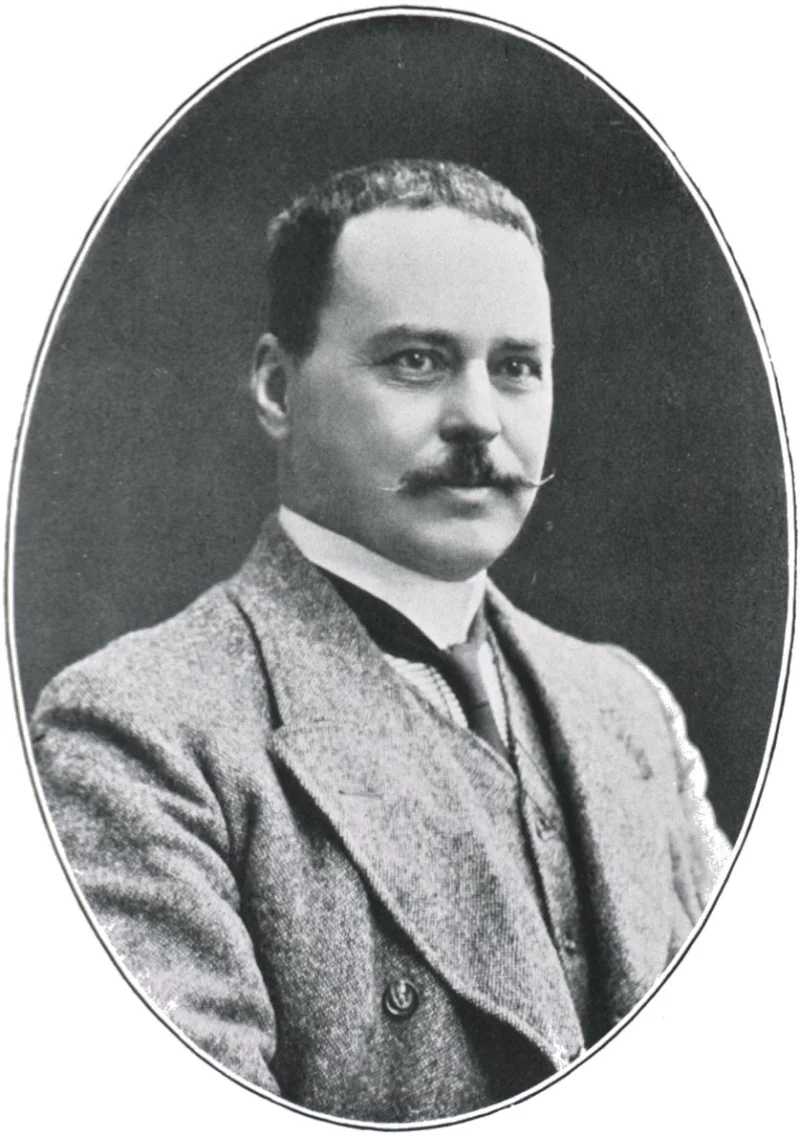Short Summary
William Perkin was a pioneering English chemist best known for his accidental discovery of the first synthetic dye, mauveine, in 1856. This breakthrough occurred while he was attempting to synthesize quinine, and it revolutionized the dye industry by introducing the first aniline dye. Perkin's discovery not only paved the way for the synthetic dye industry but also had a profound impact on the fields of chemistry and fashion. His work earned him numerous accolades and recognition as a pivotal figure in industrial chemistry.
Early Life & Education
William Henry Perkin was born on March 12, 1838, in London, England. He was the youngest of seven children in a middle-class family. His father, a successful carpenter, encouraged his interest in science from an early age. Perkin attended the City of London School, where he excelled in chemistry under the guidance of his teacher, Thomas Hall. At the age of 15, he enrolled at the Royal College of Chemistry in London, studying under the renowned chemist August Wilhelm von Hofmann. Hofmann's mentorship played a crucial role in shaping Perkin's scientific career and inspiring his passion for chemical research.
Career Highlights
Perkin's career took a significant turn when, at the age of 18, he discovered mauveine. This synthesis was a serendipitous result of his efforts to create artificial quinine, a treatment for malaria. Recognizing the commercial potential of his discovery, he patented the dye and established a factory for its production. His venture proved highly successful, and by the age of 23, he was financially independent. Perkin continued his research, contributing to the development of other dyes and chemical processes. Later in life, he retired from business to focus on scientific research, receiving numerous honors for his contributions to chemistry.
Major Achievements
- Discovered mauveine, the first synthetic dye, revolutionizing the textile industry.
- Founded a successful dye manufacturing business, making synthetic dyes widely available.
- Received numerous accolades, including election as a Fellow of the Royal Society in 1866.
- Contributed to advancements in organic chemistry and industrial processes.
Famous Quotes
- "I was but a boy, and I found a great treasure."
- "The introduction of synthetic dyes was the beginning of a new era in chemistry."
Interesting Facts
- Perkin's discovery of mauveine was made during the Easter vacation of 1856.
- The color mauve became a fashion sensation, leading to its nickname "mauve mania."
- Perkin was knighted in 1906, marking the 50th anniversary of his discovery.
- He retired from business at the age of 36 to focus on scientific research.
Legacy / Influence
William Perkin's discovery of synthetic dye fundamentally transformed the textile industry and laid the foundation for modern organic chemistry. His work demonstrated the potential of chemistry to produce entirely new materials, leading to the development of numerous synthetic compounds. Perkin's contributions are recognized as pivotal in the advancement of industrial chemistry, influencing both scientific research and commercial applications in various fields.
FAQ
Q: Why is William Perkin famous?
A: He is famous for discovering the first synthetic dye, mauveine, which revolutionized the dye industry.
Q: What did William Perkin originally intend to create when he discovered mauveine?
A: He intended to synthesize quinine, a treatment for malaria.
Q: How did Perkin's discovery impact the fashion industry?
A: The vibrant color mauve became highly fashionable, leading to widespread demand for synthetic dyes.












